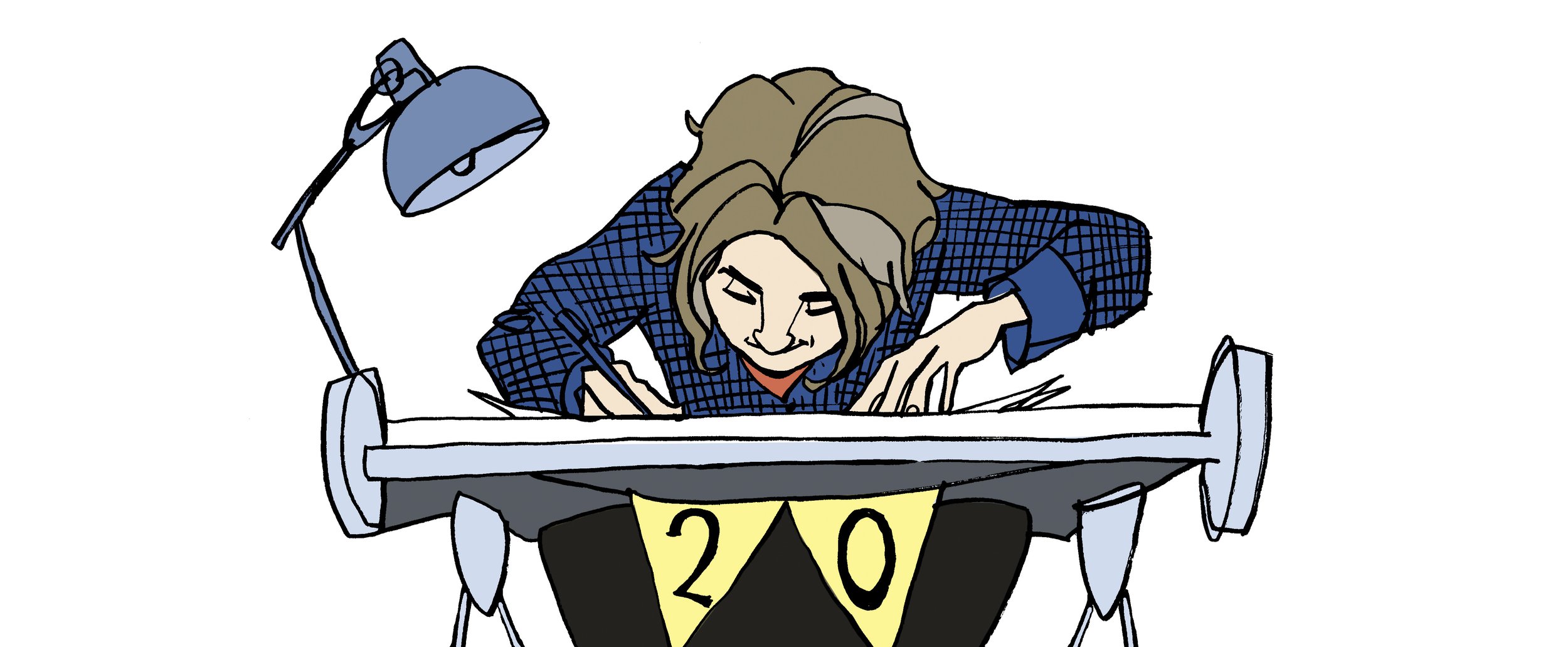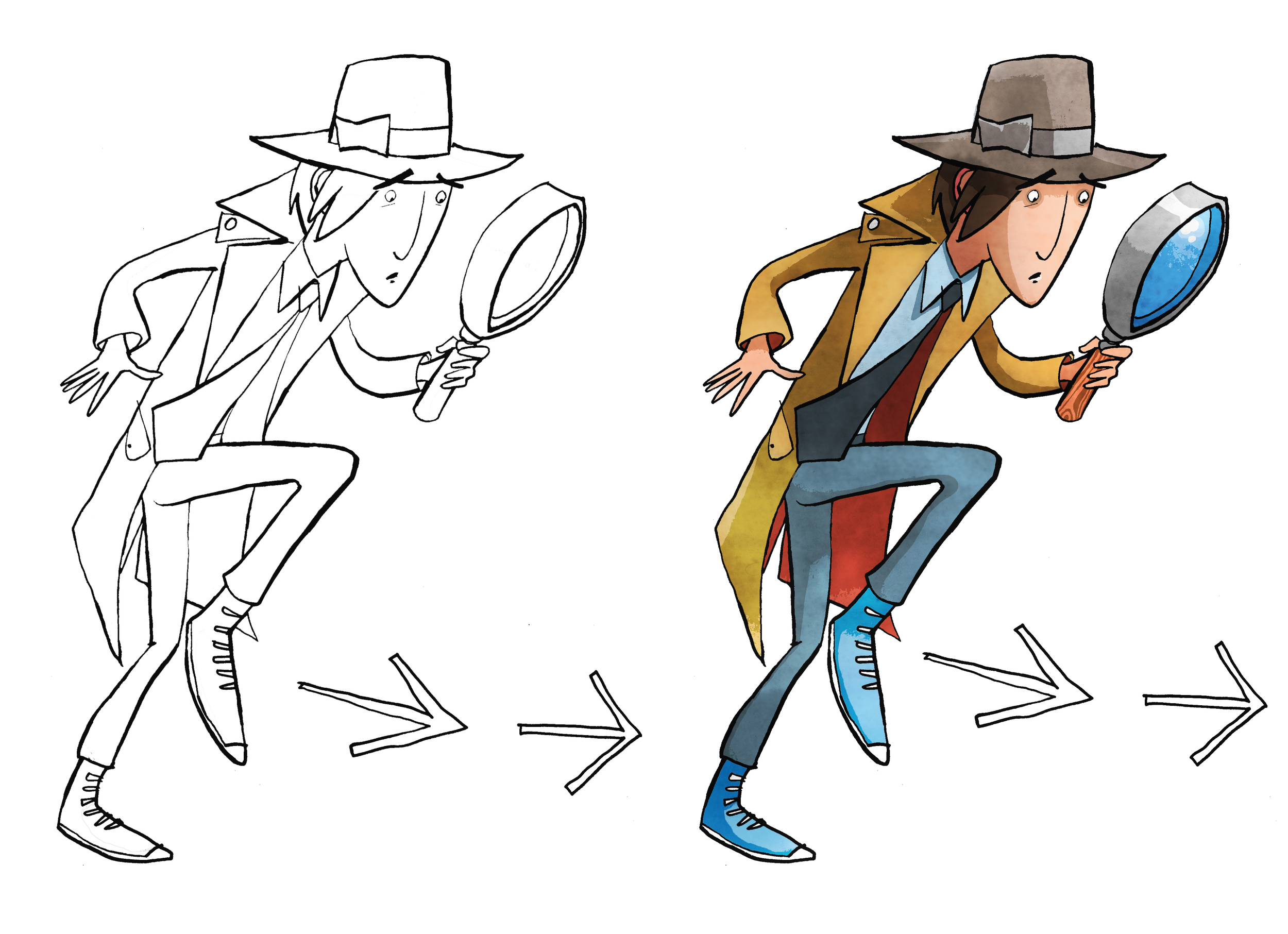This fellow is a happy chap and he’s also one of the Sustainables. This character forms part of a range of illustrated characters created for a exciting range school resources to educate on environmental issues and matters of responsible consuming. Plasto represents plastic use and recycling and as you can see has a bendable and stretchable physicality to him.
Clients wanting to commission usually present an idea and from that a conversation and then rough drafts follow to develop the idea further. I’ve attached a later pencil draft to show what a final concept looks like and how closely it looks to the final presented to the client.








